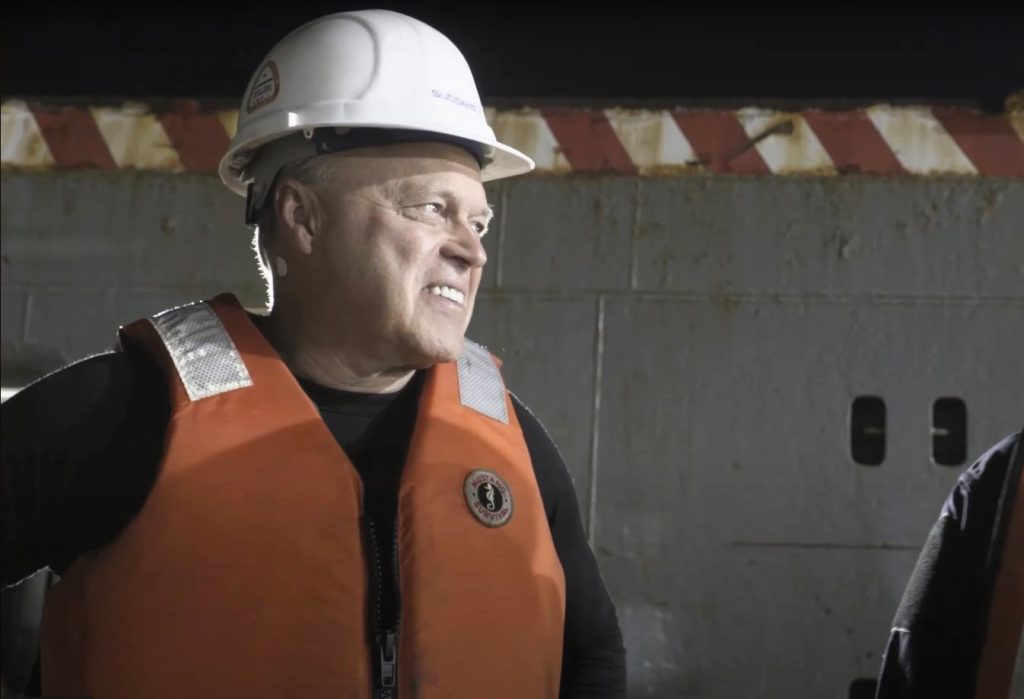In 2022, Fred Hagen went on an OceanGate dive to the Titanic shipwreck, where the submersible he was in briefly became tangled in the wreckage. The Coast Guard’s Marine Investigation Board is reviewing the incident to make recommendations to prevent future underwater accidents. Last year, the catastrophic implosion of the sub killed five people, including OceanGate CEO Stockton Rush and veteran explorer P.H. Nargeolet. The dive successfully reached the Titanic at a depth of 12,600 feet. During the dive, the sub got stuck in pipes on the wreckage for a minute or two, causing concerns for the crew.
Hagen’s account of the incident raised questions about OceanGate’s failure to notify the Coast Guard about the dive in advance. Hagen admitted that the entanglement was not intentional but was due to his insistence on exploring more of the wreck. U.S. law prohibits disturbing the Titanic site without government authorization, and OceanGate’s policy was not to disturb the wreck but to document it. Despite the risks involved, Hagen stated that he and the crew accepted the dangers of diving to the Titanic due to the adrenaline rush and the challenges involved.
During the investigation, other anomalies from previous dives were highlighted. In 2021, the sub had to be aborted due to off-balance issues and thruster malfunctions. Additionally, the sub’s resurfacing caused damage due to missing bolts on the titanium dome. The relationship between OceanGate and the University of Washington’s Applied Physics Laboratory, a partner in the development of the sub, cooled over disagreements regarding the sub’s design. Certification became a focal point during discussions, with experts emphasizing the need for submersibles to be certified to meet internationally recognized standards.
OceanGate’s tech contractor, Antonella Wilby, criticized the navigation system used during the dives as “idiotic” and prone to errors. Despite expressing concerns about the safety of operations and suggesting improvements, Wilby faced resistance from colleagues and was warned about risking her nondisclosure agreement by escalating her concerns to the board of directors. She did not consider the operations to be safe overall. The hearing shed light on the challenges and risks associated with deep-sea diving missions, particularly to historic wreck sites like the Titanic. Experts emphasized the importance of proper certification and safety standards for submersibles to ensure the safety of crews and prevent future accidents.


